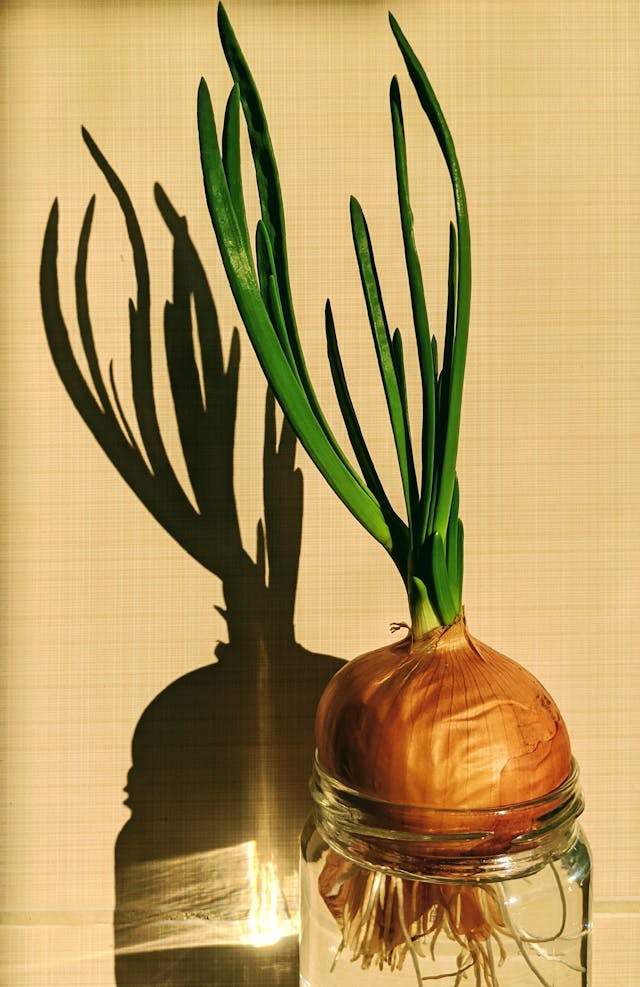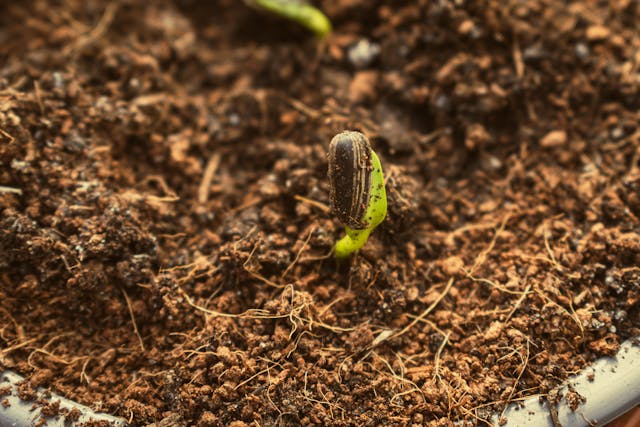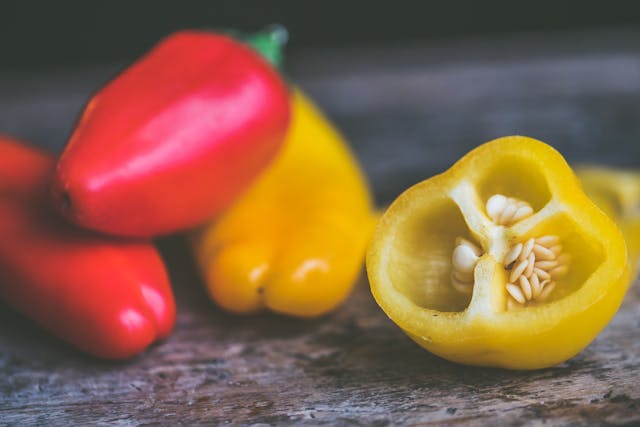Growing your vegetables from scraps is an incredibly rewarding and sustainable way to reduce food waste while keeping your kitchen stocked with fresh produce. Many vegetables can regrow from the leftovers you’d usually toss, and it’s easier than you might think. Let’s explore 20 vegetables you can grow from scraps and how to do it, all while making your home a little greener and your wallet a little heavier.

1. Green Onions
Green onions are among the easiest vegetables to regrow. Save the white bulb with intact roots, place it in a glass of water with the roots submerged, and leave it on a sunny windowsill. Within days, new shoots will appear.
2. Celery
Keep the base of your celery stalk, place it in a shallow dish of water, and watch as new stalks and leaves begin to sprout. Transfer to soil after a few weeks for optimal growth.
3. Lettuce
Romaine and other leafy lettuces can regrow from their base. Place the leftover stump in a shallow bowl of water and provide plenty of sunlight. Leaves will start growing back in a week or two.
4. Carrots
While you can’t regrow the root itself, carrot tops can sprout into lovely greens. Place the top of a carrot in a shallow dish of water and watch as the greens grow, which you can use in salads or as a garnish.
5. Potatoes
Sprouted potatoes (often called “eyes”) can be planted directly into the soil. Bury the sprouting pieces with the eyes facing upward, and soon you’ll have a new potato plant.
6. Sweet Potatoes
Sweet potato slips, the sprouts that form on the vegetable, can be planted in the soil. Simply submerge half of sweet potato in water, let slips grow, then transfer them to the ground.
7. Garlic
One garlic clove can regrow into an entire bulb. Plant the clove with the root side down in the soil, and after a few months, you’ll have fresh garlic.
8. Ginger
Ginger regrows easily from a small piece of the root. Plant it in soil with the buds facing up, and new shoots and roots will grow.
9. Onions
Onion bottoms can regrow into new bulbs. Plant the base with roots intact in the soil and keep it moist.
10. Leeks
Similar to green onions, leeks can regrow from their white base. Place the bottom in water, and it will sprout fresh growth within days.
11. Bok Choy
Place the base of bok choy in a shallow bowl of water and keep it in a sunny location. Once new leaves and roots form, transfer it to soil.
12. Cabbage
Cabbage bases can regrow similarly to lettuce. Place the base in water and watch as new leaves start to grow.
13. Kale
Save the stem of kale, place it in water, and let it sprout. Transfer to the soil for a more substantial harvest.
14. Fennel
The base of the fennel can regrow if placed in a shallow bowl of water. Provide plenty of sunlight for regrowth.
15. Peppers
Save the seeds from bell peppers, jalapeños, or other varieties. Dry them and plant in the soil to grow your own pepper plants.
16. Tomatoes
Tomato seeds can easily be planted to grow new plants. Dry the seeds from your favorite tomato variety and sow them in the soil.
17. Cucumbers
Similar to tomatoes, cucumber seeds can be saved, dried, and planted to grow fresh cucumbers.
18. Pumpkins
Plant the seeds from your leftover pumpkin in the soil, and with enough care, you’ll have a new pumpkin vine.
19. Radishes
Radish tops can regrow their greens in water, while radish seeds can grow new roots. Both are great for salads.
20. Herbs (Basil, Cilantro, Mint)
Many herbs can regrow from cuttings. Place a stem in water and wait for roots to develop before planting it in the soil.

Tips for Success
- Change the water regularly for vegetables grown in water.
- Ensure they have plenty of sunlight.
- Once roots or new growth appear, transfer to the soil for better yields.

Why Grow Vegetables from Scraps?
Regrowing vegetables saves money, reduces food waste, and gives you a sustainable way to enjoy fresh produce year-round. It’s also a fun and educational activity for families. Beyond these practical benefits, growing vegetables from scraps is a step toward a zero-waste lifestyle, where every resource is used to its fullest potential.
By reusing scraps, you help reduce the demand for commercially grown produce, which often involves carbon-intensive farming practices, transportation, and packaging. This small act can contribute to a more carbon-neutral lifestyle. Additionally, cultivating your own vegetables means fewer trips to the store, reducing your overall carbon footprint.
Regrowing vegetables also connects you to the principles of sustainability by demonstrating how circular systems can work in everyday life. Scraps that would otherwise end up in the trash or compost become a valuable resource, closing the loop on waste. For those who strive to live more harmoniously with the environment, this practice aligns with reducing resource depletion and fostering a deeper respect for the planet.
As we face global challenges like climate change, initiatives like growing food at home—even from scraps—can make a meaningful difference. Each small step, when multiplied by millions of households, can lead to significant environmental benefits.
Love life x
References
- Robbins, J. (2020). The Food Revolution: How Your Diet Can Help Save Your Life and Our World. Conari Press.
- Leach, S. (2019). Regrow Your Veggies: Growing Vegetables from Roots, Cuttings, and Scraps. Cool Springs Press.
- Muller, N. (2018). “Vegetable Gardening Basics.” Gardeners World, 34(2), 45-50.
- USDA (2023). “Food Waste Reduction.” United States Department of Agriculture. Retrieved from https://www.usda.gov
- IPCC (2022). “Climate Change and Food Systems.” Intergovernmental Panel on Climate Change. Retrieved from https://www.ipcc.ch
- Zero Waste International Alliance (2021). “Defining Zero Waste.” Retrieved from https://zwia.org

